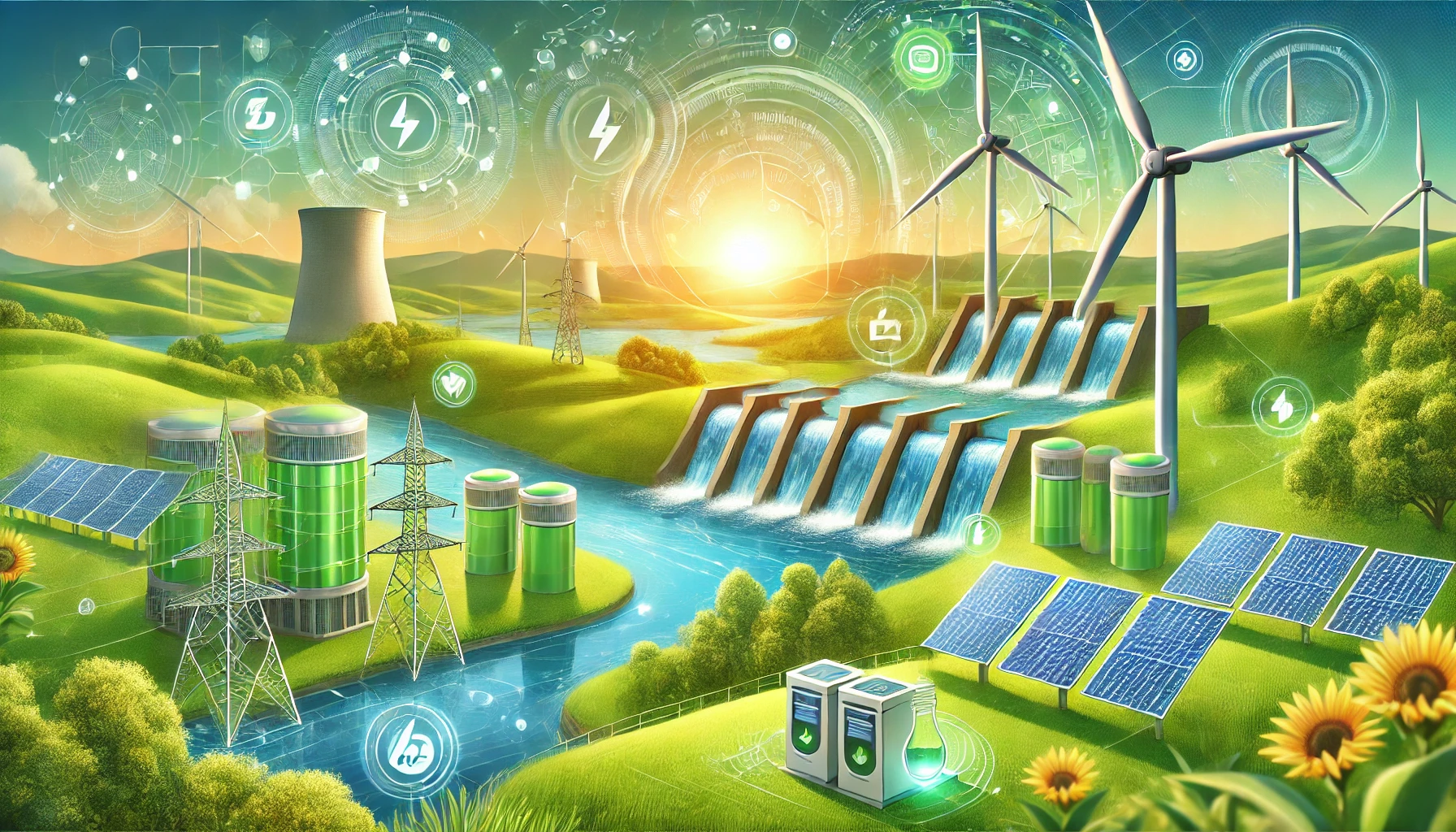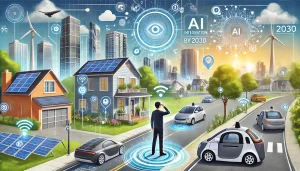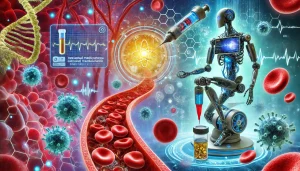Nanotechnology, the science that manipulates materials on a nanoscale, has revolutionized medicine by offering more precise diagnostics and more effective treatments. By operating on a molecular scale, nanotechnology enables interventions directly in cells, transforming the way we deal with various diseases.
One of the most significant advances is targeted drug delivery. Nanoparticles designed to reach specific cells reduce side effects and increase the effectiveness of treatments, especially in cancer therapies. In addition, nanosensors have been used to detect diseases in early stages, improving the chances of a cure.
This transformative impact goes beyond treatments. Nanotechnology is being integrated into medical devices such as prosthetics and implants, making them more durable, lightweight, and biocompatible. These advances promise to redefine medical practice in the coming years.
Advances in Nanotechnology: A Revolution in Health
Advances in nanotechnology have led to disruptive innovations in the field of health. In oncology, gold nanoparticles are being used to perform photothermal therapies, which destroy cancer cells without affecting healthy tissues. This minimally invasive method has shown promising results in clinical trials.
Another innovation is the use of nanorobots. These microscopic devices can perform precise procedures inside the body, such as removing arterial plaques and repairing damaged tissues. This technology reduces the need for invasive surgeries, speeding up patient recovery.
In addition, nanomaterials are being explored to develop more effective vaccines. By using nanoparticles as adjuvants, immune responses can be enhanced, offering stronger protection against emerging diseases.
How Nanotechnology Is Redefining Diagnostics and Treatments
Advancements in nanotechnology are significantly transforming diagnostics and treatments. In diagnostics, nanosensors are being integrated with imaging techniques to provide detailed information about the human body. For example, nanoparticle-based contrast agents offer clearer images in magnetic resonance imaging, facilitating tumor identification.
In the field of therapies, nanocapsules have revolutionized drug delivery. These structures transport drugs directly to target cells, reducing damage to healthy tissues. In neurodegenerative diseases, such as Alzheimer's, these capsules are helping overcome the blood-brain barrier, allowing medications to reach the brain more effectively.
Furthermore, nanofibers are being used in tissue engineering to regenerate organs and treat complex wounds. These advancements have the potential to drastically change patients' health outcomes.
Nanotechnological Innovations in the Medical Field
Several nanotechnological innovations are reshaping the field of medicine. Among the most notable is the creation of nanocomposite materials for prostheses and implants. These materials are lighter, stronger, and biocompatible, increasing durability and reducing the chances of rejection.
Another area of focus is regenerative medicine. Nanotechnology is being used to create scaffolds that assist in tissue and organ regeneration. These scaffolds mimic the body's natural environment, promoting healing and cellular reconstruction.
In addition, the advancement of energy storage technologies is solving one of the biggest challenges of renewable sources: intermittency. Long-lasting batteries and hydrogen systems store excess energy, ensuring continuous supply even on cloudy or windless days.
The Role of Renewable Energies in the Fight Against Climate Change
Climate change represents a global threat, and renewable energies are one of the main solutions to face this challenge. By replacing fossil fuel-based energy sources, renewables significantly reduce greenhouse gas emissions.
Solar and wind parks are being built in regions once dominated by coal-fired power plants. In addition, reforestation projects and the use of sustainable biomass complement these initiatives, promoting a balanced carbon cycle.
On the other hand, global policies such as the Paris Agreement have encouraged countries to increase their investments in renewables. The goal of achieving carbon neutrality by 2050 depends on expanding these sources and developing cleaner technologies.
Advancements and Challenges of Renewable Energies in the Global Context
Despite advancements, renewable energies face significant challenges. The infrastructure for generation and distribution is still insufficient in many regions, while the intermittency of solar and wind sources requires robust storage solutions.
Furthermore, transitioning to a clean energy matrix requires massive investments and international collaboration. Developed and developing countries must work together to share technologies and resources, ensuring that no one is left behind.
However, the opportunities are vast. The technical potential of renewables is immense, with solar and wind resources available in practically every region of the planet. With the right support, renewable energies can become the backbone of a sustainable global energy system.
Sustainability in Focus: The Future of Renewable Energies
The future of renewable energies is promising, but it depends on immediate action. Initiatives such as tax incentives, subsidies for clean technologies, and investments in research and development are essential to accelerate the transition.
In addition, public awareness plays a vital role. Informed consumers can pressure governments and companies to adopt more sustainable practices, while educational initiatives promote the conscious use of resources.
The continuous advancement of renewable energies is essential to ensure a habitable and sustainable future. By prioritizing these sources, we are not only combating climate change but also creating a fairer and more balanced world.
Conclusion
The evolution of renewable energies highlights humanity's ability to innovate in the face of global challenges. By combining technological advancements, effective public policies, and international collaboration, these sources have the potential to lead the transition to a sustainable future.
The path is clear: investing in clean energies and adopting sustainable practices are the main tools to ensure a healthy planet for future generations. The energy revolution has already begun, and the future promises to be greener and more resilient.
FAQ
1. What is the main benefit of renewable energies?
Reducing carbon emissions and mitigating climate change by promoting a sustainable energy matrix.
2. Are renewable energies accessible to everyone?
The costs of renewable technologies have been decreasing, making them increasingly accessible to individuals, communities, and countries.
3. How do renewable energies deal with intermittency?
Solutions such as long-duration batteries and hydrogen technologies store excess energy, ensuring continuous supply.
4. Is Brazil a leader in renewable energies?
Yes, Brazil has one of the most renewable energy matrices in the world, with a focus on hydroelectric, solar, and wind power.
5. What is the role of innovation in the future of renewable energies?
Technological innovation is essential to improve efficiency, reduce costs, and integrate renewables into global energy systems.




